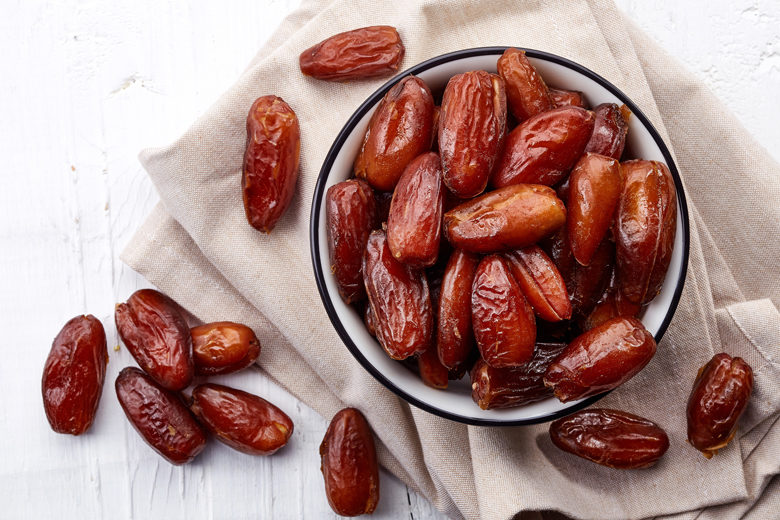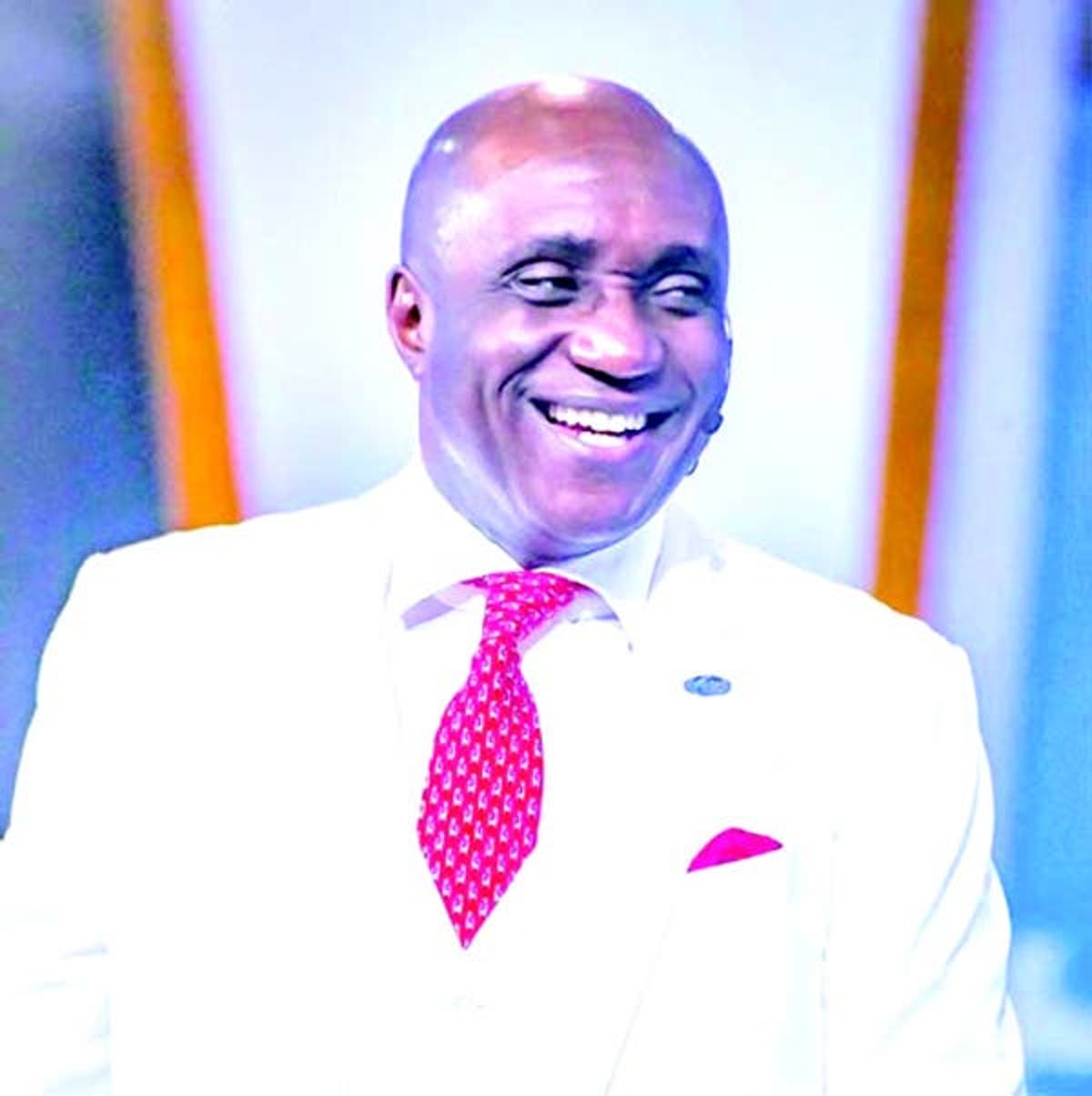High Blood Pressure: Causes, Symptoms and Control
3. Healthy And Controlled Diet
Eating a diet that is rich in whole grains, fruits, vegetables and low-fat dairy products and skimps on saturated fat and cholesterol can lower your blood pressure by up to 11 mm Hg if you have high blood pressure. This eating plan is known as the Dietary Approaches to Stop Hypertension (DASH) diet.
It isn’t easy to change your eating habits, but with these tips, you can adopt a healthy diet:
- Keep a food diary. Writing down what you eat, even for just a week, can shed surprising light on your true eating habits. Monitor what you eat, how much, when and why.
- Consider boosting potassium. Potassium can lessen the effects of sodium on blood pressure. The best source of potassium is food, such as fruits and vegetables, rather than supplements. Talk to your doctor about the potassium level that’s best for you.
- Be a smart shopper. Read food labels when you shop and stick to your healthy-eating plan when you’re dining out, too.
4. Reduce Salt Intake
Even a small reduction in the sodium in your diet can improve your heart health and reduce blood pressure by about 5 to 6 mm Hg if you have high blood pressure.
The effect of sodium intake on blood pressure varies among groups of people. In general, limit sodium to 2,300 milligrams (mg) a day or less. However, a lower sodium intake — 1,500 mg a day or less — is ideal for most adults.
To decrease sodium in your diet, consider these tips:
- Read food labels. If possible, choose low-sodium alternatives of the foods and beverages you normally buy.
- Eat fewer processed foods. Only a small amount of sodium occurs naturally in foods. Most sodium is added during processing.
- Don’t add salt. Just 1 level teaspoon of salt has 2,300 mg of sodium. Use herbs or spices to add flavor to your food.
- Ease into it. If you don’t feel you can drastically reduce the sodium in your diet suddenly, cut back gradually. Your palate will adjust over time.
5. Reduce Your Alcohol Intake
Alcohol can be both good and bad for your health. By drinking alcohol only in moderation — generally one drink a day for women, or two a day for men — you can potentially lower your blood pressure by about 4 mm Hg. One drink equals 12 ounces of beer, five ounces of wine or 1.5 ounces of 80-proof liquor.
But that protective effect is lost if you drink too much alcohol.
Drinking more than moderate amounts of alcohol can actually raise blood pressure by several points. It can also reduce the effectiveness of blood pressure medications.
6. Stop Smoking
Each cigarette you smoke increases your blood pressure for many minutes after you finish. Stopping smoking helps your blood pressure return to normal. Quitting smoking can reduce your risk of heart disease and improve your overall health. People who quit smoking may live longer than people who never quit smoking.
7. Reduce Caffeine Intake
The role caffeine plays in blood pressure is still debated. Caffeine can raise blood pressure up to 10 mm Hg in people who rarely consume it. But people who drink coffee regularly may experience little or no effect on their blood pressure.
Although the long-term effects of caffeine on blood pressure aren’t clear, it’s possible blood pressure may slightly increase.
To see if caffeine raises your blood pressure, check your pressure within 30 minutes of drinking a caffeinated beverage. If your blood pressure increases by 5 to 10 mm Hg, you may be sensitive to the blood pressure raising effects of caffeine. Talk to your doctor about the effects of caffeine on your blood pressure.














